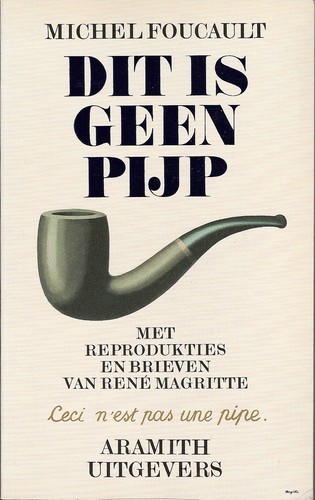What do you think?
Rate this book


80 pages, Hardcover
First published January 15, 1968
Benzeyiş-andırış
vb.
iko
Fotoğrafla gelen edit:
Bu aralar en sevdiğim akım contemporary impressionism ama canım sağ olsun.
Fotoğrafla gelen edit bitti.
 and then also
and then also 
From painting to image, from image to text, from text to voice, a sort of imaginary pointer indicates, shows, fixes, locates, imposes a system of references, tries to stabilize a unique space. (30)Leads thereafter into a discussion of two principles that ruled painting: “The first asserts the separation between plastic representation (which implies resemblance) and linguistic reference (which excludes it). By resemblance we demonstrate and speak across difference: the two systems can neither merge nor intersect” (32). The second principle “posits an equivalence between the fact of resemblance and the affirmation of a representative bond” (34).